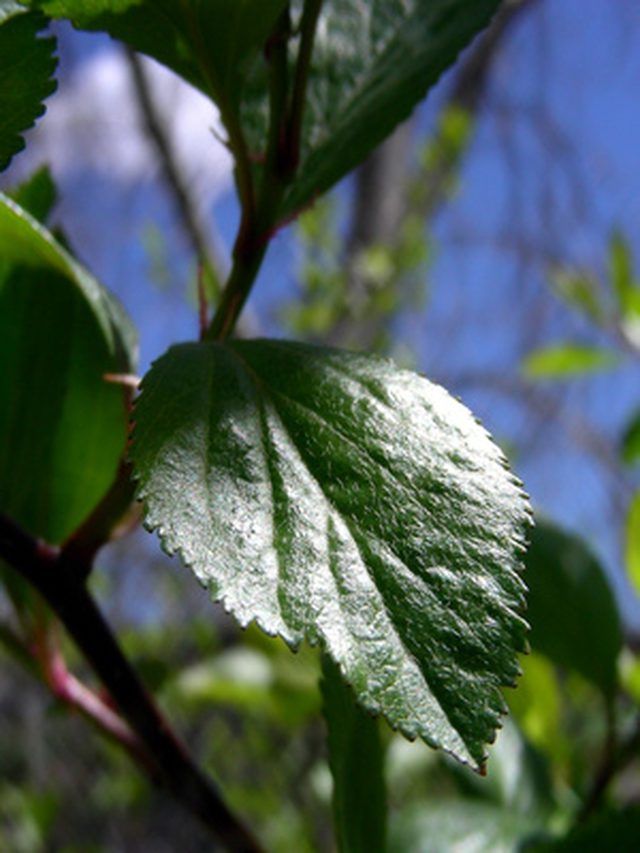Bulbs
Flower Basics
Flower Beds & Specialty Gardens
Flower Garden
Garden Furniture
Garden Gnomes
Garden Seeds
Garden Sheds
Garden Statues
Garden Tools & Supplies
Gardening Basics
Green & Organic
Groundcovers & Vines
Growing Annuals
Growing Basil
Growing Beans
Growing Berries
Growing Blueberries
Growing Cactus
Growing Corn
Growing Cotton
Growing Edibles
Growing Flowers
Growing Garlic
Growing Grapes
Growing Grass
Growing Herbs
Growing Jasmine
Growing Mint
Growing Mushrooms
Orchids
Growing Peanuts
Growing Perennials
Growing Plants
Growing Rosemary
Growing Roses
Growing Strawberries
Growing Sunflowers
Growing Thyme
Growing Tomatoes
Growing Tulips
Growing Vegetables
Herb Basics
Herb Garden
Indoor Growing
Landscaping Basics
Landscaping Patios
Landscaping Plants
Landscaping Shrubs
Landscaping Trees
Landscaping Walks & Pathways
Lawn Basics
Lawn Maintenance
Lawn Mowers
Lawn Ornaments
Lawn Planting
Lawn Tools
Outdoor Growing
Overall Landscape Planning
Pests, Weeds & Problems
Plant Basics
Rock Garden
Rose Garden
Shrubs
Soil
Specialty Gardens
Trees
Vegetable Garden
Yard Maintenance
What Is the Function of Chlorophyll in Plant Cells?
What Is the Function of Chlorophyll in Plant Cells?. It’s fairly common knowledge that chlorophyll makes plants green. However, the more important function of chlorophyll involves photosynthesis, in which a plant absorbs sunlight, carbon dioxide and water, and produces glucose and oxygen. Glucose is the fuel for life, as all cells--even...

Itís fairly common knowledge that chlorophyll makes plants green. However, the more important function of chlorophyll involves photosynthesis, in which a plant absorbs sunlight, carbon dioxide and water, and produces glucose and oxygen. Glucose is the fuel for life, as all cells--even those of plants themselves--require energy in the form of glucose to live.
Plant Structure
Chlorophyll is a pigment residing in the chloroplasts of plant cells. More specifically, the outer layer of the thylakoids--tiny organs found within each chloroplast that resemble stacks of pancakes--is home to the chlorophyll molecules.
Chlorophyll and the Light Reactions
The first steps in photosynthesis are the light reactions, in which chlorophyll plays an important role. Chlorophyll not only helps to absorb the energy from the sun but also ejects an electron in the presence of this energy. This ejected electron is crucial to the production of energy-rich glucose.
Pigment Types
The various types of pigments include chlorophylls, carotenoids and phycobilins. Each pigment absorbs different wavelengths of sunlight, ensuring that plants get as much energy as possible from sunlight. The accumulation of this light energy leads to the ejection of electrons. Chlorophylls absorb a wide range of wavelengths, with the exception of wavelengths in the green range, which are reflected. The reflection of green light explains why chlorophylls are associated with the green color of plants.
Types of Chlorophyll
"Chlorophyll" describes a class of pigment molecules rather than a specific molecule. The chlorophylls include chlorophyll a and chlorophyll b--as well as c, d and e in certain other non-plant species. All the chlorophylls, except chlorophyll a, harvest light; they absorb light energy and eventually transfer it to the electron-releasing molecule. Chlorophyll a plays a different role. Found in all photosynthetic organisms, chlorophyll a molecules are the electron-releasing molecules and are found in what is called the reaction center.
Chlorophyll A in the Reaction Center
The reaction center consists of chlorophyll a and various proteins. When the energy that has been gathered gets transferred to this reaction center, the chlorophyll a molecules become so excited that they release electrons. Normally, the molecules would return to ground state from this excited state, emitting light energy, but the proteins in the reaction center catalyze the energy to be released in the form of an ejected electron. This electron drives the later steps of photosynthesis, so chlorophylls play crucial roles in photosynthesis.